Why Cardboard Boxes Are The Best Solution For Your Product Packaging?
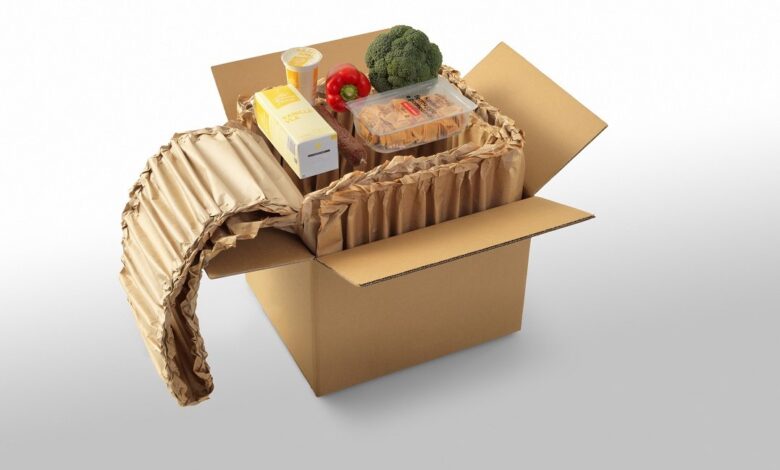
The cardboard box experienced its “golden age” in the period of capitalism and mass production. Today we can see it every day, anytime we pack for moving, opening a package of some biscuits or nice chocolate. But that’s not all, there are even luxury packages in special boxes that you will keep as a memo to some special event in your life. So why is this material best for product packaging? We will try to answer that question, but let’s start from the beginning.
History Of Cardboard Box Creation
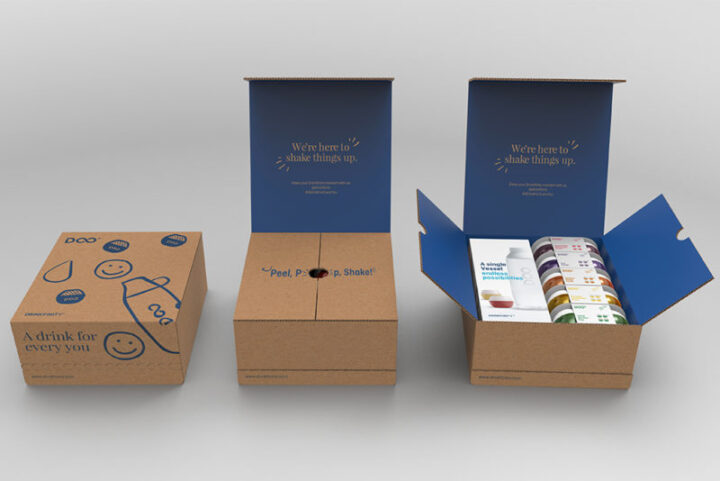
Cardboard boxes are everywhere today. Their primary purpose is to store material goods and protect them from damage and breakage. Although quite commonly used – not much is known about their creation. It may sound unbelievable, but the first primitive form of cardboard originated in BC. There is evidence that during the Han Dynasty (around 200 BC), hard paper, cardboard-like structures, made of mulberry wood were used. This paper was used to store food.
This fact is not so strange, considering that the Chinese were outspoken at the time and discovered writing paper. Cardboard making did not take effect until the seventeenth century, in Europe – at the time of the industrial revolution. Before it was shaped like a box, this material was first used as a writing pad.
The Emergence Of The Modern Cardboard Box
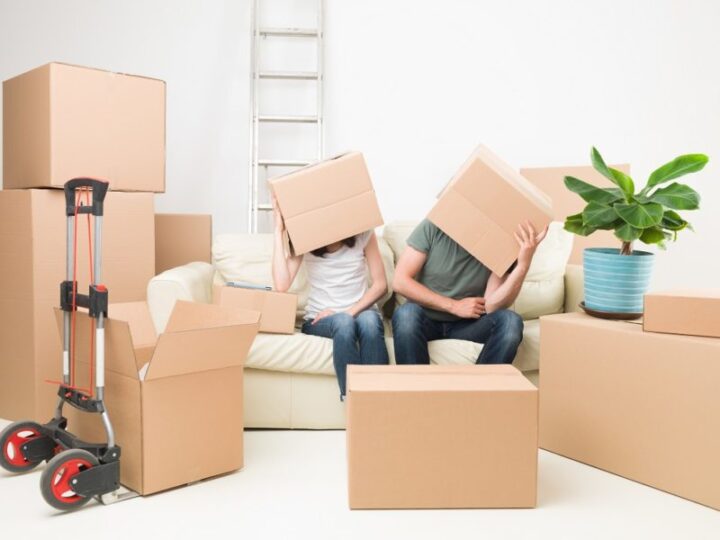
In 1871, Albert Jones designed a patent that clearly states that the use of cardboard can be expanded significantly from paper storage. Jones’s idea was that this material could be used to store anything tangible, regardless of size. This patent would not have come to life had it not been for how cardboard boxes would be mass-produced in factories. Specifically, such boxes began to be manufactured – but were still produced by hand. This means that the process was slow and unprofitable.
This changed with the accidental discovery of Robert Gair, owner of the Brooklyn Paper Bag & Seed Factory. 1879. Specifically, Gair remembered that if the paper had been replaced with cardboard and another press that would cut the material into the folding press – he might have a factory for making boxes. They are just the kind of packaging we know and use today.
The Best Solution For Any Packaging
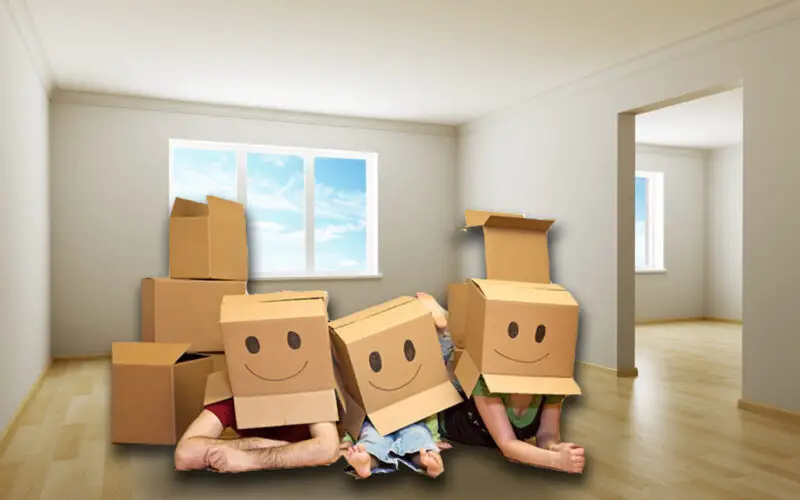
This type of packaging is known for its strength, durability and can be adapted to any type of product. Whether it’s shopping, eating, gifts, or storage – this packaging can be used in all walks of life whenever you need to ship products. There are many jobs, items, and places where this type of packaging can be used effectively. Also, printed or custom-sized boxes not only look attractive – but also easily and effectively convey the message to the masses. According to IMColorPrint, this type of packaging is ideal for promotional purposes and can be used to attract potential customers. The best thing about these boxes is that they can be easily opened and closed while keeping the product intact.
Types Of Cardboard Boxes
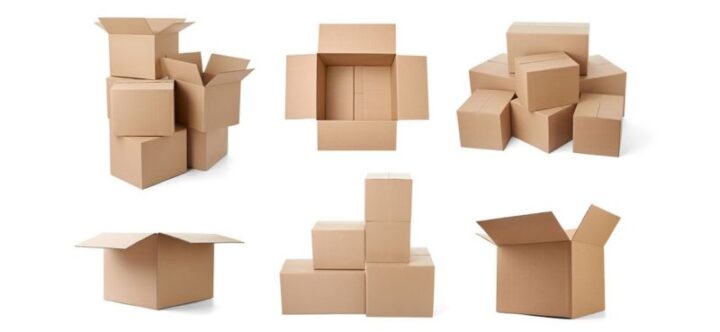
As different products are packaged in boxes – there is a large selection of those that need to be tailored to those products to preserve them as best as possible. With the help of quickboxespackaging.com, we will list some basic shapes and types of cardboard boxes.
1. Ribbed Cardboard
This type doesn’t represent any particular box shape, but most of them are made of ribbed cardboard. The structure of this material consists of a minimum of three layers. The first and third layers are made of flat cardboard – and between them, there is a corrugated cardboard. This layer is extremely important because it allows some air between the first and third layers. Therefore, it reduces the impact strength on the box and protects the product from damage.
2. Cut Out Boxes
This type is the most commonly used on the market for the reason that they are cut out so that they are the easiest to assemble. They consist of one part and do not require the use of adhesive when mounting. These boxes do not have a lid, but the bottom and top are identical. To maximize the product, it is necessary to cover it with adhesive tape.
3. Telescope Boxes
These types are easy to recognize because they have a lid. They always consist of two parts, and the bottom and lid are different and also fold differently. We are using such boxes most commonly for gifts.
4. Folder And Tray Boxes
This type of packaging is made up of one piece. The folder box is different from the tray box because it closes, while the tray box has only the bottom and remains open – as its name implies.
5. Draw-Out Box
The pull-out model consists of two separate boxes – the inside, and the outside. These parts have openings on different sides so that when they are joined they form a single unit that protects a particular product from all sides.
6. Small Product Boxes
These usually consist of two parts, one of which is a plain, cut-out box, and the other part is cardboard one, shaped to separate smaller products – adapting to the shape of the product. Therefore, in such packaging, some smaller fragile items such as glasses, glass figures, various ornaments, etc. are usually set.
Recycling
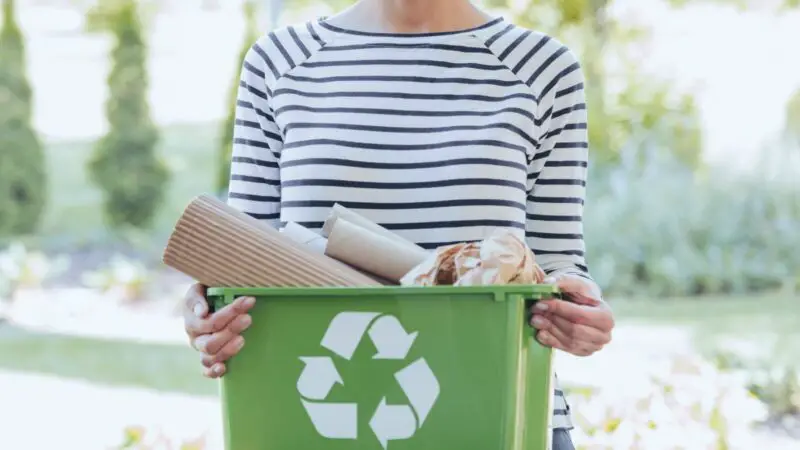
Over 90% of US boxes are cardboard. The situation is not too different from the rest of the world. Simply, this material is the most rewarding and inexpensive product packaging material. There are currently over 400 million tonnes of paper and paperboard produced worldwide.
Cardboard box waste accounts for most of all waste. These statistics show us the importance of recycling for the conservation of the environment. Today the situation is even better: According to 2011 data, as much as 91% of cardboard waste is recycled, and the percentage is increasing every year. Recycling one tonne of cardboard waste releases 9 cubic meters of fertile land, 2,650 liters of drinking water and 174 liters of fuel – which would otherwise be used to produce new paper materials and products.
